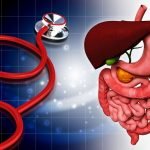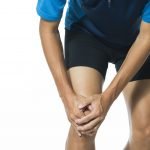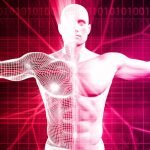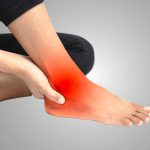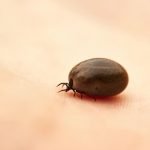Do You Know How Aerobic Exercise Protects the Heart?
Recent Research Confirms Aerobic Exercise Necessary for Heart Failure Patients
It’s well known that exercise is good for the body, good for the heart, good for the mind; exercising is something we seldom try and convince ourselves not to do. However, how does this add up in an individual with heart failure? A lack of exercise may have been an underlying risk factor for the heart failure, however is stressing an already stressed pump, by exercising really a good idea? Recent research confirms that aerobic exercise is necessary for heart failure patients (prevents weight loss/muscle loss, and controls arterial blood pressure and cardiac function) and adds a mechanism whereby exercise could actually be reversing the condition.1
Mechanism by which Aerobic Exercise is Helping the Sick Heart is Through Autophagy
It is estimated that 70% of heart failure patients do not live past 5 years. Exercise could be a key to prolonging the lives of these individuals dramatically. The underlying mechanism by which aerobic exercise is helping the sick heart is through autophagy, the removal of damaged or dysfunctional cellular components from the cardiac cells. Specifically, exercise has been seen to aid in the removal of dysfunctional mitochondria, the cellular engines which make ATP (the energy our bodies run on at a cellular level). The removal of the dysfunctional mitochondria increases the available ATP for the heart, and decreases the amount of free radical species, and reactive aldehydes damaging the heart.
Inactivity of Proteasomes, Proteins and Damaged Cellular Structures Build up in the Cell and Cause Cell Death
In previous studies, the researchers have uncovered that aerobic exercise reactivates proteasomes, which are the intracellular elements responsible for the autophagic process (the cellular cleaners).2 This is important, because the proteasome activity in heart failure patients was noted to be decreased by more than 50%. With the inactivity of proteasomes, proteins and damaged cellular structures build up in the cell where they interact negatively with other structures and cause cell death.
Sources
- Campos JC, Queliconi BB, Bozi LHM, et al. Exercise reestablishes autophagic flux and mitochondrial quality control in heart failure. Autophagy. 2017
- Campos JC, Fernandes T, Bechara LR, et al. Increased clearance of reactive aldehydes and damaged proteins in hypertension-induced compensated cardiac hypertrophy: impact of exercise training. Oxid Med Cell Longev. 2015;2015:464195.
Image Copyright: <a href=’https://www.123rf.com/profile_gajus’>gajus / 123RF Stock Photo</a>
 Node Smith, associate editor for NDNR, is a fifth year naturopathic medical student at NUNM, where he has been instrumental in maintaining a firm connection to the philosophy and heritage of naturopathic medicine among the next generation of docs. He helped found the first multi-generational experiential retreat, which brings elders, alumni, and students together for a weekend camp-out where naturopathic medicine and medical philosophy are experienced in nature. Three years ago he helped found the non-profit, Association for Naturopathic ReVitalization (ANR), for which he serves as the board chairman. ANR has a mission to inspire health practitioners to embody the naturopathic principles through experiential education. Node also has a firm belief that the next era of naturopathic medicine will see a resurgence of in-patient facilities which use fasting, earthing, hydrotherapy and homeopathy to bring people back from chronic diseases of modern living; he is involved in numerous conversations and projects to bring about this vision.
Node Smith, associate editor for NDNR, is a fifth year naturopathic medical student at NUNM, where he has been instrumental in maintaining a firm connection to the philosophy and heritage of naturopathic medicine among the next generation of docs. He helped found the first multi-generational experiential retreat, which brings elders, alumni, and students together for a weekend camp-out where naturopathic medicine and medical philosophy are experienced in nature. Three years ago he helped found the non-profit, Association for Naturopathic ReVitalization (ANR), for which he serves as the board chairman. ANR has a mission to inspire health practitioners to embody the naturopathic principles through experiential education. Node also has a firm belief that the next era of naturopathic medicine will see a resurgence of in-patient facilities which use fasting, earthing, hydrotherapy and homeopathy to bring people back from chronic diseases of modern living; he is involved in numerous conversations and projects to bring about this vision.




